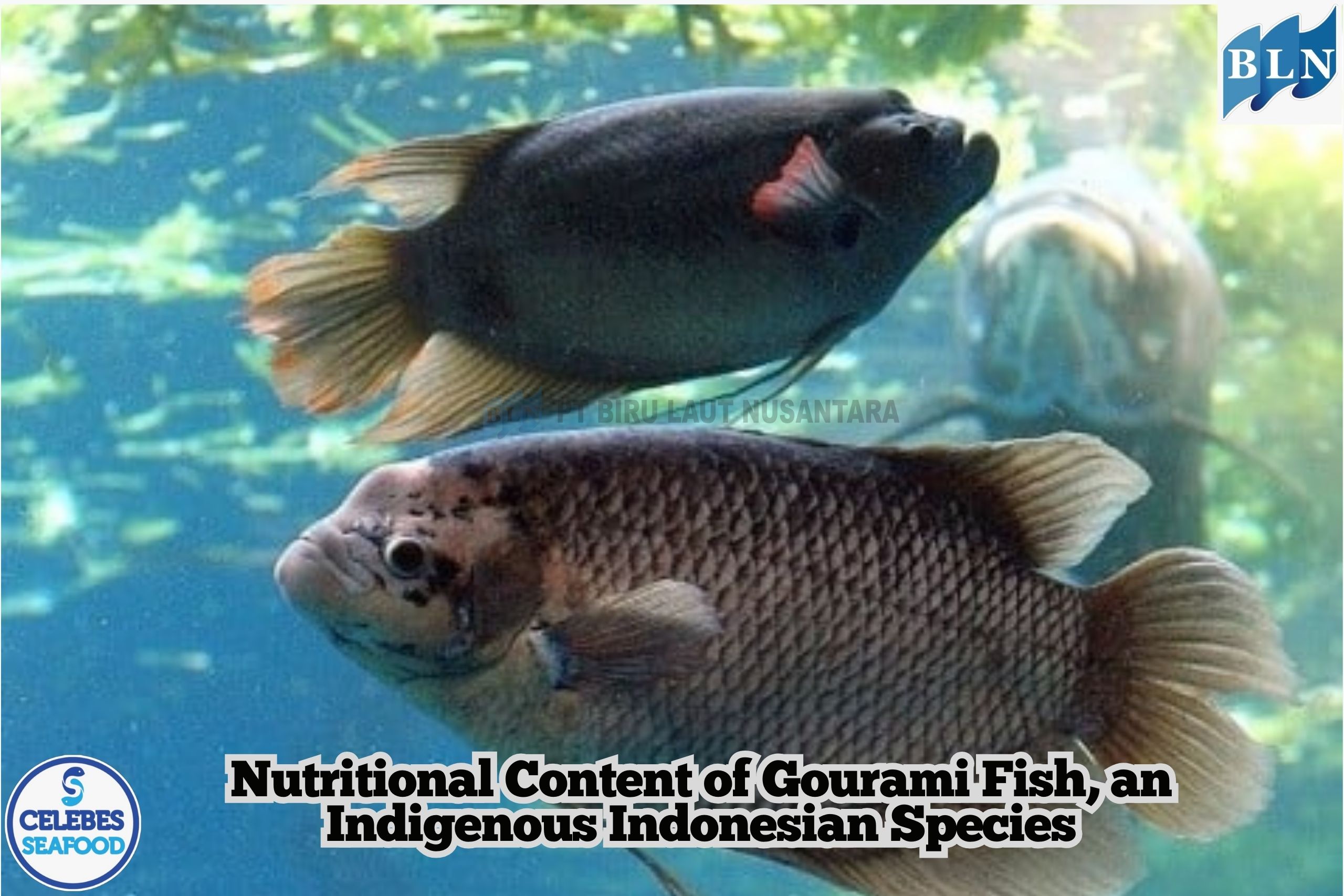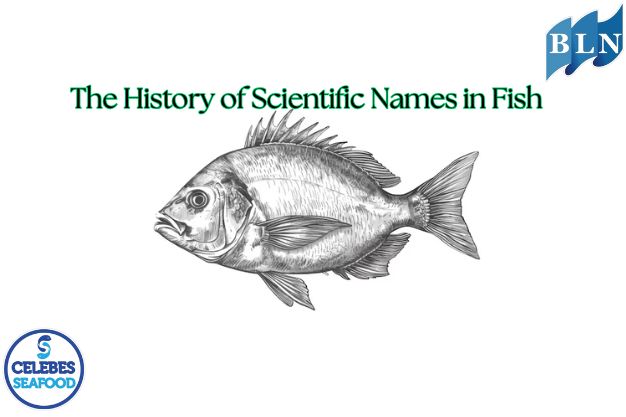Here Are 8 Steps Of Caviar Harvesting Process
By. Nevanda - 09 Jun 2023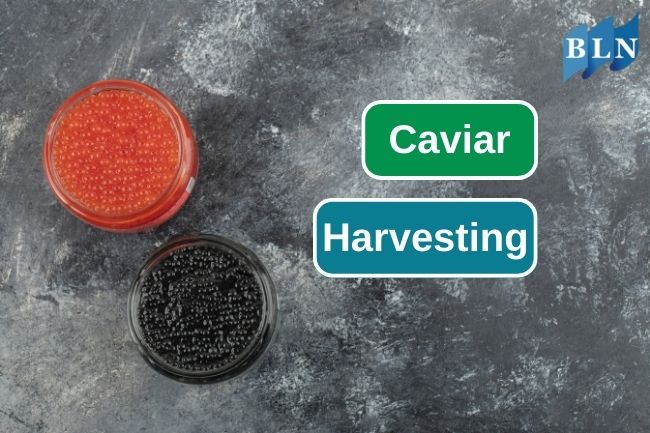
lautnusantara.com - The process of harvesting caviar involves several steps, from the selection of mature sturgeon to the extraction and processing of the eggs. Here is a general overview of the caviar harvesting process:
1. Sturgeon selection
Once the sturgeon reach a certain age and size, they are selected for caviar production. The specific age at which sturgeon are harvested for caviar depends on the species and the desired quality of the caviar.
2. Anesthesia
Before the caviar extraction process begins, the sturgeon are usually anesthetized to minimize stress and discomfort for both the fish and the handlers. This can be done using a suitable anesthetic agent approved for use in aquaculture.
Read also: 10 Seafood That Contain High Protein
3. Extraction of eggs
Once the sturgeon are anesthetized, the caviar extraction process begins. The fish is carefully placed on a clean surface, and an incision is made along the belly to expose the ovaries. The ovaries are gently massaged or pressed to release the eggs, which are then collected in a clean container. This process requires skilled handlers to ensure the eggs are extracted without damaging them.
4. Egg separation
After the eggs are collected, they are carefully separated from any connective tissue, membrane, or impurities that may have been extracted along with them. This is done to ensure the highest possible quality of caviar.
5. Rinsing
The separated eggs are rinsed with clean water to remove any remaining impurities or unwanted substances. This step helps to further purify the caviar.
6. Salting
Salt is a crucial component in the caviar preservation process. The rinsed eggs are gently mixed with a specific amount of salt, which helps enhance the flavor, extend the shelf life, and inhibit the growth of bacteria.
7. Packaging
Once the caviar has been salted, it is usually packaged in small jars or tins to preserve its freshness and flavor. The containers are sealed to prevent air exposure and are often labeled with relevant information such as the caviar type, origin, and production date.
8. Storage
Caviar is a perishable product and needs to be stored under specific conditions to maintain its quality. It is typically stored in a refrigerated environment at temperatures below 4a°C (39°F) to slow down enzymatic activity and maintain freshness.
Read also: Caviar From Sturgeon Farming

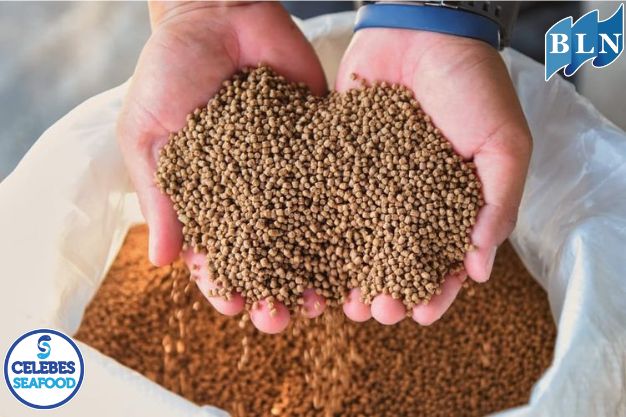
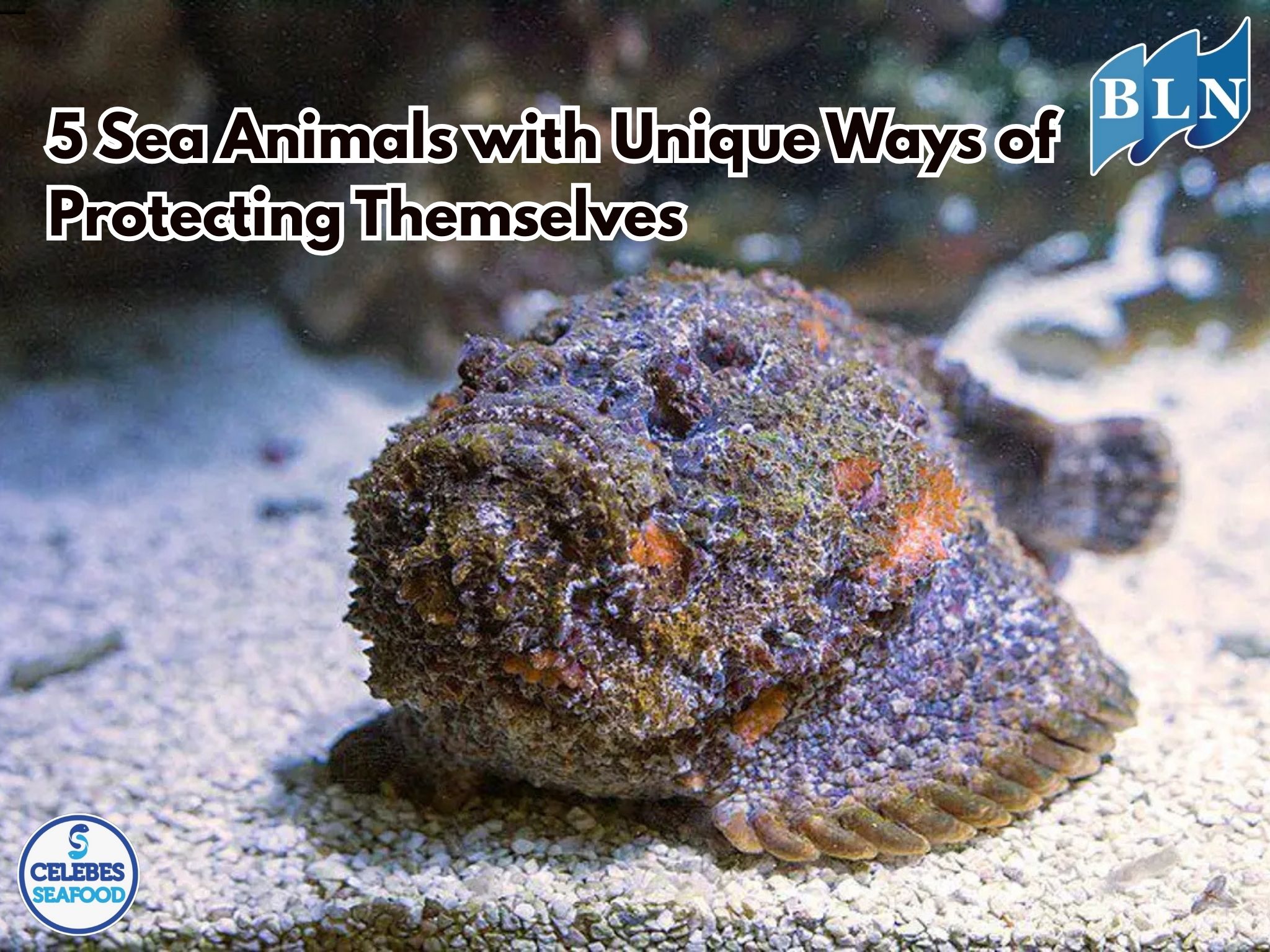

.jpg)

